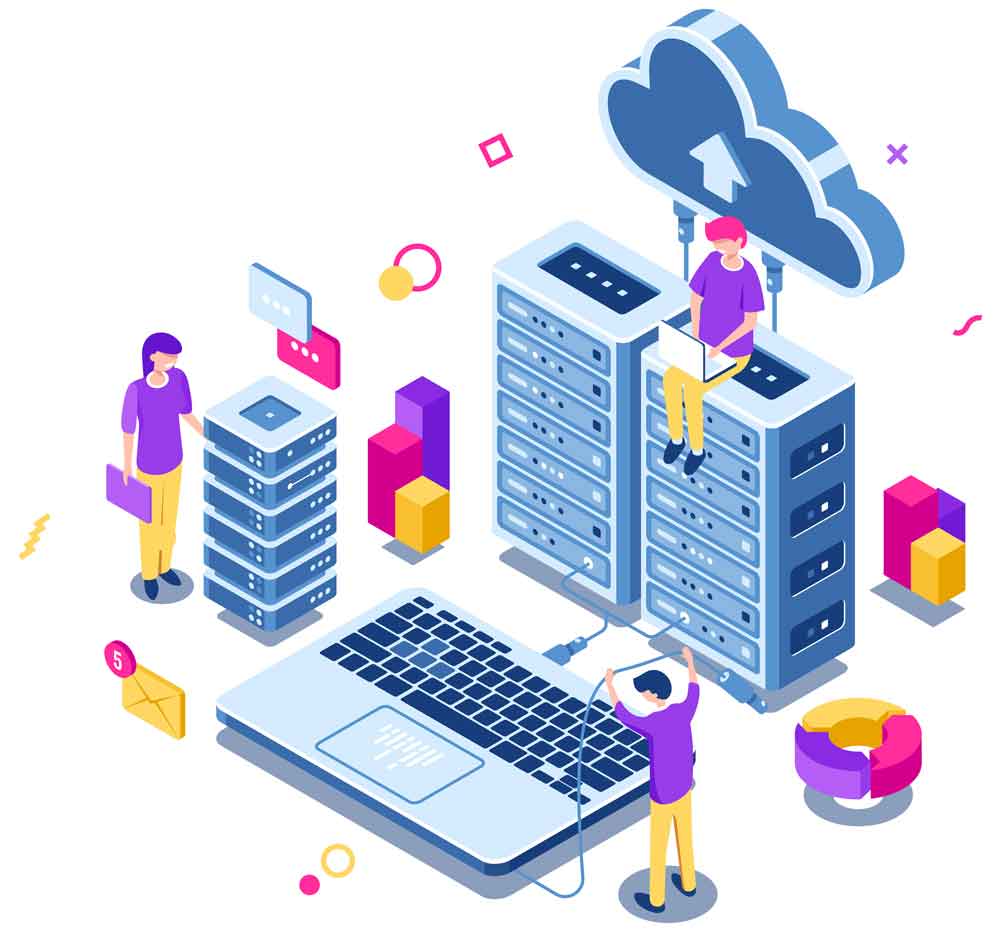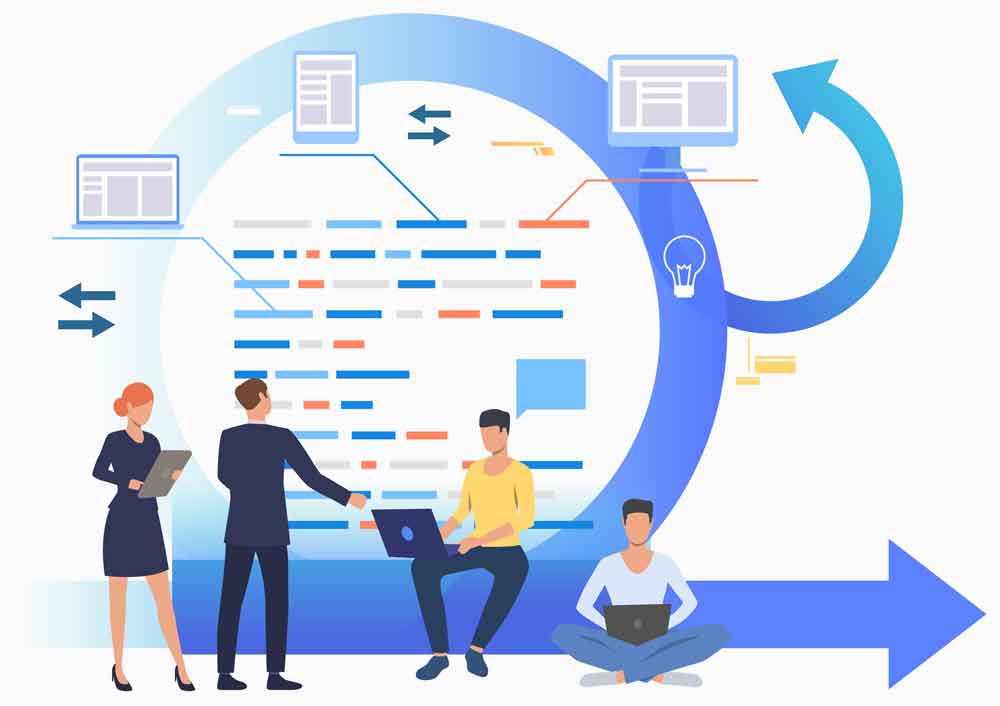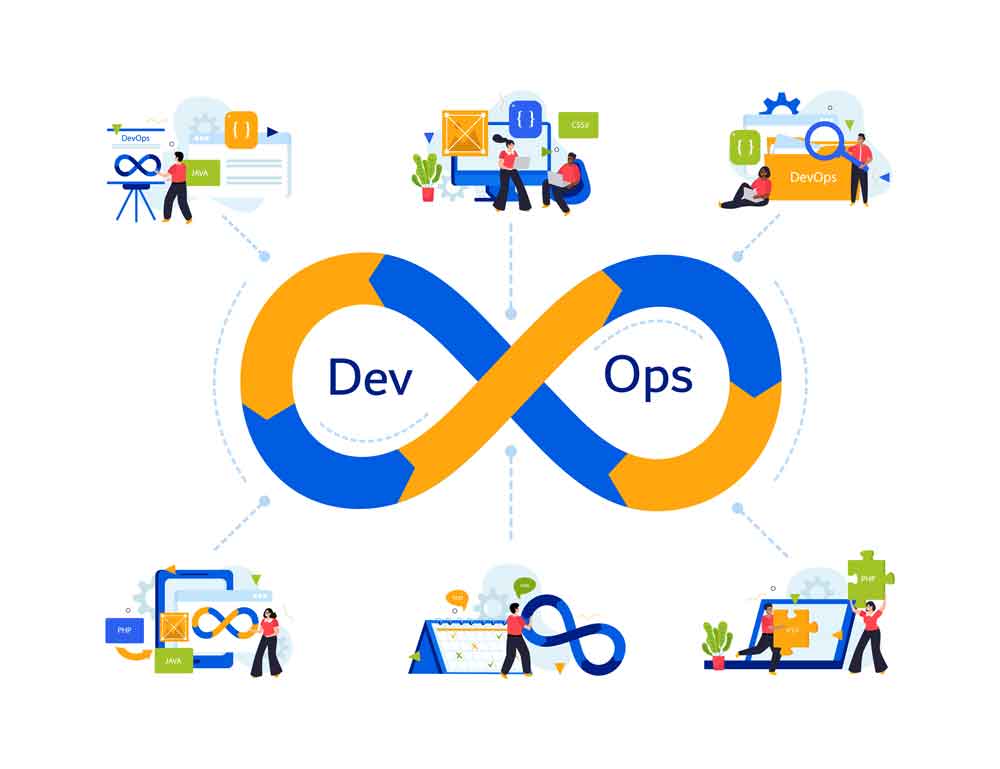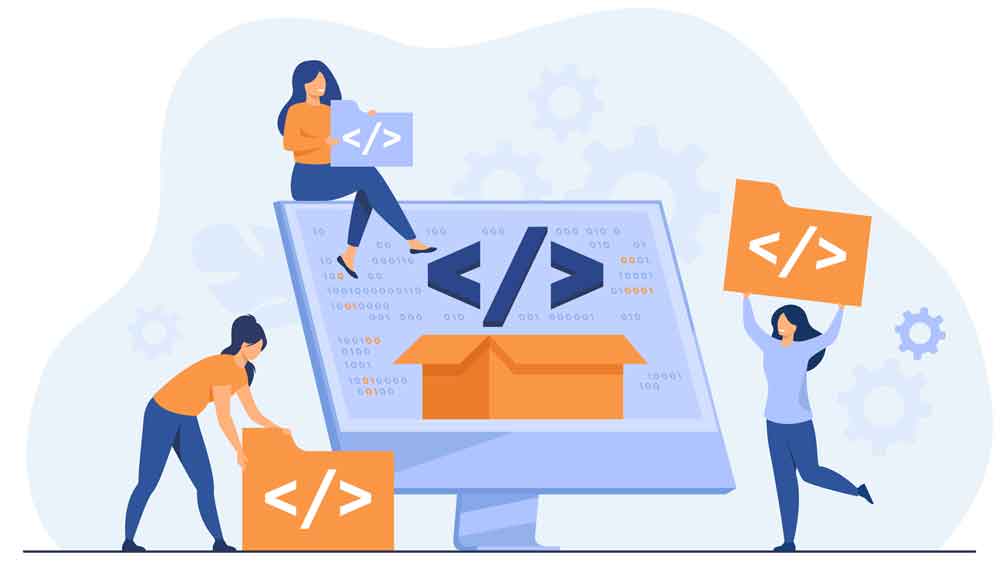Cloud optimization is the process of correctly selecting and assigning the right resources to a workload or application. When workload performance, compliance, and cost are correctly and continually balanced against the best-fit infrastructure, efficiency is achieved.
Are you confident that your Cloud use is optimized?
In response to the scale and complexity of modern cloud-native technology, organizations are increasingly reliant on automation to properly manage their infrastructure and workflows. DevOps automation eliminates extraneous manual processes, enabling DevOps teams to develop, test, deliver, deploy, and execute other key processes at scale. Automation thus contributes to accelerated productivity and innovation across the organization.
Automation can be particularly powerful when applied to DevOps workflows. According to the Dynatrace 2023 DevOps Automation Pulse report, an average of 56% of end-to-end DevOps processes are automated across organizations of all kinds.
However, despite the rising popularity of DevOps automation, the maturity levels of that automation vary from organization to organization. These discrepancies can be a result of toolchain complexity (with 53% of organizations struggling in this area), siloed teams (46%), lack of resources (44%), cultural resistance (41%), and more.
Understanding exactly where an organization’s automation maturity stands is key to advancing to the next level. Armed with this knowledge, organizations can systematically address their weaknesses and specifically determine how to improve these areas. For this reason, teams need a comprehensive evaluation to assess their implementation of numerous facets of DevOps automation.
The DevOps Automation Assessment is a tool to help organizations holistically evaluate their automation maturity and make informed strides toward the next level of DevOps maturity.

How the DevOps automation assessment works
The DevOps automation assessment consists of 24 questions across the following four key areas of DevOps:
Automation governance
The automation governance section deals with overarching, organization-wide automation practices. It addresses the extent to which an organization prioritizes automation efforts, including budgets, ROI models, standardized best practices, and more.
Development & delivery automation:weww
This section addresses the extent to which an organization automates processes within the software development lifecycle (SDLC), including deployment strategies, configuration approaches, and more.
Operations automation:
The operations section addresses the level of automation organizations use in maintaining and managing existing software. It explores infrastructure provisioning, incident management, problem remediation, and other key practices.
Security automation:
The final section addresses how much automation an organization uses when mitigating vulnerabilities and threats. It includes questions relating to vulnerability prioritization, attack detection and response, application testing, and other central aspects of security.
This comprehensive assessment provides maturity levels for each of these four areas, offering a nuanced understanding of where an organization’s automation maturity stands. Since teams from one functional area to another may be siloed, a respondent who is not knowledgeable on the automation practices of a certain area can still obtain insights by answering the questions that pertain to their team’s responsibilities.

Scoring
The maturity levels
Next steps: Using the results to advance DevOps automation maturity
While it is helpful to understand an organization’s automation maturity level in key DevOps areas, the information is only useful if teams can leverage it for improvement. Even at the highest level of automation maturity, there is always room to continually improve automation practices and capabilities as underlying technologies and the teams that use them evolve.
But how exactly can an organization advance its automation maturity to the next level? The DevOps Automation Pulse provides ample guidance and actionable steps for every level of automation maturity. For example, to progress from standardized to advanced, the report recommends that organizations implement a single source of reliable observability data to prioritize alerts continuously and automatically. Or, to progress from advanced to intelligent, the report encourages organizations to introduce AI/ML to assist continuous and automatic security processes, including vulnerability detection, investigation, assignments, remediation verification, and alert prioritization.

While it is helpful to understand an organization’s automation maturity level in key DevOps areas, the information is only useful if teams can leverage it for improvement. Even at the highest level of automation maturity, there is always room to continually improve automation practices and capabilities as underlying technologies and the teams that use them evolve.
But how exactly can an organization advance its automation maturity to the next level? The DevOps Automation Pulse provides ample guidance and actionable steps for every level of automation maturity. For example, to progress from standardized to advanced, the report recommends that organizations implement a single source of reliable observability data to prioritize alerts continuously and automatically. Or, to progress from advanced to intelligent, the report encourages organizations to introduce AI/ML to assist continuous and automatic security processes, including vulnerability detection, investigation, assignments, remediation verification, and alert prioritization.

Start the journey toward greater DevOps automation
With consumer demands for quality and speed at unprecedented levels, DevOps automation is essential in organizations of all sizes and sectors. An organization’s automation maturity level may often be the determining factor in whether it pulls ahead of or falls behind the competition.
Once at a mature level, organizations with automated workflows, repeatable tasks, and other DevOps processes can not only exponentially accelerate business growth but also improve employee satisfaction and productivity. The first step toward achieving these benefits is understanding exactly where an organization’s current automation maturity level stands. This knowledge empowers teams to embrace an informed and systematic approach to further mature their organization’s automation maturity.
Allocation model for cloud costing and standard taxonomy for a multicloud environment. Improve cost management allocation and chargeback modeling capabilities. If desired, Cloudify can implement an automation policy. Start optimizing your cloud environments today.
